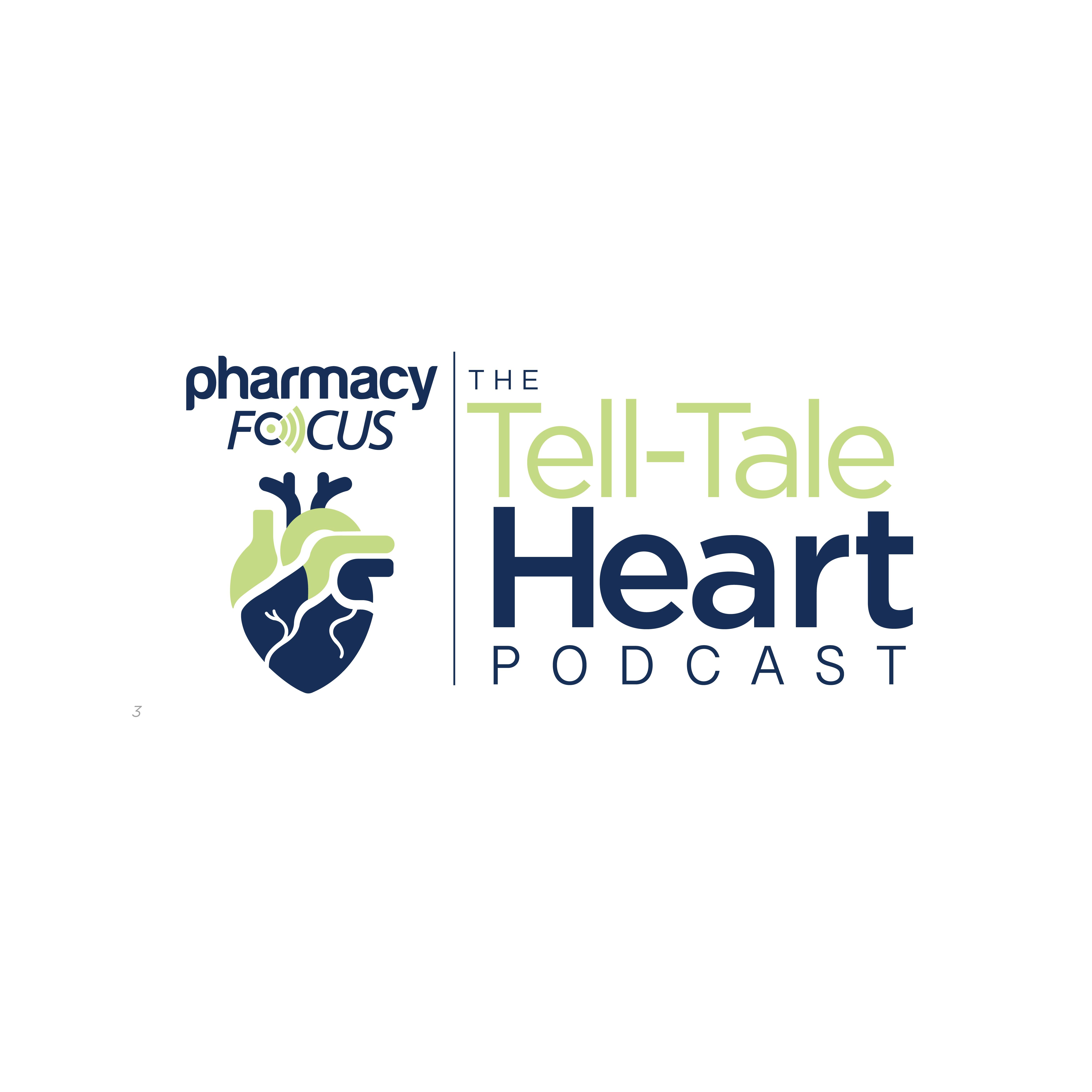News
Article
For Pharmacists Treating Thalassemia, Monitoring Anemia and Proper Counseling on Therapies is Crucial
Author(s):
Key Takeaways
- Thalassemia causes reduced hemoglobin production, leading to chronic anemia and severe complications like stroke and organ damage.
- Pharmacists are vital in thalassemia management, monitoring symptoms, recommending treatments, and ensuring proper transfusion practices.
Thalassemia, a chronic blood condition that reduces hemoglobin levels, requires a hands-on approach from pharmacists in patient monitoring and diagnosis.
Blood disorders can be difficult to diagnose, complicated to treat, and burdensome for patients, especially for chronic conditions. The presentation of these disorders can vary based on a patient’s symptoms, but symptoms can mimic other conditions and be hard to characterize, making proper patient monitoring and reporting of possible signs critical. However, one hallmark complication of many blood disorders is anemia, which can be a cause of patient-reported dizziness or fatigue.1
Thalassemia often causes anemia, which can be chronic. | Image Credit: © jarun011 - stock.adobe.com

Thalassemia is an inherited blood disorder that leads to a reduction in hemoglobin compared with normal levels, caused by DNA mutations in hemoglobin-producing cells. Hemoglobin is made of either alpha or beta chains; when production of either chain is reduced, patients can develop either alpha-thalassemia or beta-thalassemia. The subtypes differ regarding the number of genes inherited by the patient. In patients with thalassemia, chronic anemia is a major indicator of disease. Besides anemia, patients can face severe long-term complications, including stroke and organ damage, because of the disorder and common management strategies.2,4
Transfusion status is also a significant marker of a patient’s treatment course. If a patient presents with severe thalassemia, frequent red blood cell transfusions might be required to help ease daily symptoms; patients in this population are considered transfusion dependent. Patients who are non-transfusion-dependent (NTD) do not require frequent transfusions. Regardless of patient transfusion status or whether they have alpha- or beta-type disease, there remains a significant gap in treatment due to the absence of effective therapeutic options.
Pharmacists are an important component of thalassemia care in part due to these uncertainties. As they often consult patients in person at the pharmacy when they pick up prescriptions or visit patients being treated at hospitals or transfusion centers, pharmacists play an active role in monitoring patients for signs of thalassemia, including anemia. Fostering a transparent environment where patient self-reporting of symptoms is encouraged; anemia can be difficult to identify, so education of both the patient and pharmacist is essential for accurate symptom reporting and eventual diagnosis.
Recommending therapeutic options to reduce symptom burden is also a crucial part of thalassemia management for pharmacists. Transfusions may be recommended based on the presence and severity of anemia, and they typically are performed every 3 to 4 weeks. Patients with transfusion-dependent thalassemia can sometimes experience iron overload due to frequent blood transfusions; pharmacists should be in communication with other members of a patient’s care team, including those at transfusion centers, to ensure that transfusions are administered in a tolerable manner.1
One of the greatest strengths of pharmacists is their ability to prescribe specific therapeutic medicines to patients in a convenient and efficient manner. Patients with thalassemia, though, have limited or no effective treatment options. Mitapivat (Pyrukynd; Agios), a pyruvate kinase activator indicated for the treatment of hemolytic anemia in adults with pyruvate kinase (PK) deficiency, has shown promise in the phase 3 ENERGIZE and ENERGIZE-T clinical trials in patients with transfusion- or non-transfusion-dependent alpha- or beta-thalassemia, and if approved, could give pharmacists a new strategy for thalassemia management.3,4
In ENERGIZE, mitapivat achieved its primary end point, demonstrating a meaningful increase in hemoglobin response rate compared with placebo in patients with NTD alpha- or beta-thalassemia. There was also an improvement from baseline in the FACIT-Fatigue Score and hemoglobin concentration. Further positive results were observed in ENERGIZE-T; mitapivat demonstrated a significant reduction in transfusion burden compared with placebo in patients with transfusion-dependent alpha- or beta-thalassemia. The drug also led to a major reduction in other significant measures of transfusion reduction response.3,4
The collection of positive data led to multiple regulatory developments. The FDA granted orphan drug designation to mitapivat in 2020, and recently, the agency accepted Agios’ supplemental new drug application (NDA) in adults with both NTD and transfusion-dependent alpha- or beta-thalassemia. The acceptance of mitapivat’s NDA allows for speedier development and consideration of approval by the FDA; it was assigned a Prescription Drug User Fee Act date of September 7, 2025.2,5
“The data from the ENERGIZE study are compelling, with mitapivat-treated patients achieving meaningful improvements in non-transfusion-dependent thalassemia’s hallmark symptom of anemia as well as in key measures of how patients feel and function,” Sarah Gheuens, MD, PhD, chief medical officer of R&D at Agios, said in a news release. “The detailed ENERGIZE results underscore mitapivat’s potential to become an important treatment option for all subtypes of thalassemia…with the convenience of a pill.”3
Mitapivat’s path towards approval is one for pharmacists to remain aware of. FDA approval would provide countless patients with thalassemia an effective therapeutic option in the form of a convenient pill, reducing the need for frequent transfusions. Pharmacists would have another tool in their arsenal to treat symptoms of thalassemia and be an essential component for prescribing and dosing mitapivat. Until then, pharmacists continue to play a significant role in diagnosing and observing patients with thalassemia, especially those with severe disease or undergoing transfusions.






